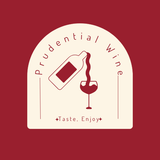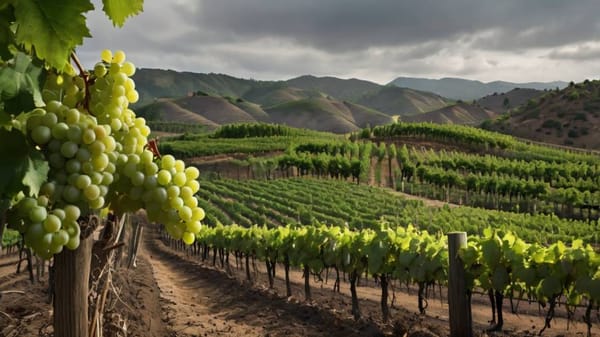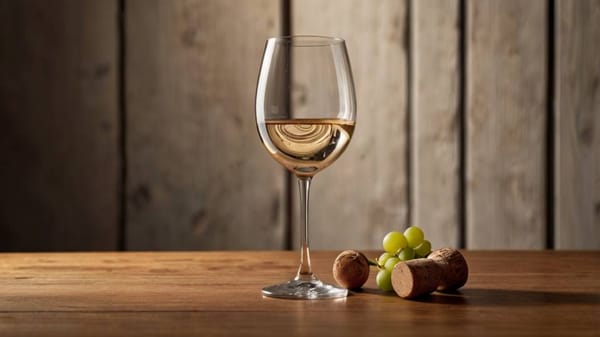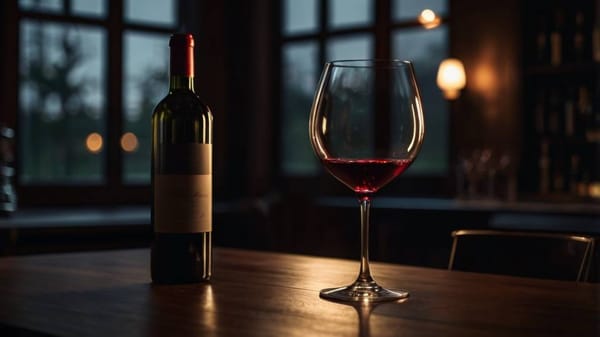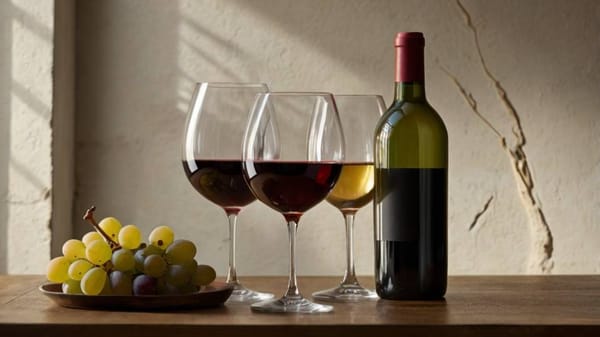What to Do With Leftover Wine (Besides Drink It)
Discover smart, surprising ways to use leftover wine—cook better, train your palate, and deepen your wine knowledge without wasting a drop.
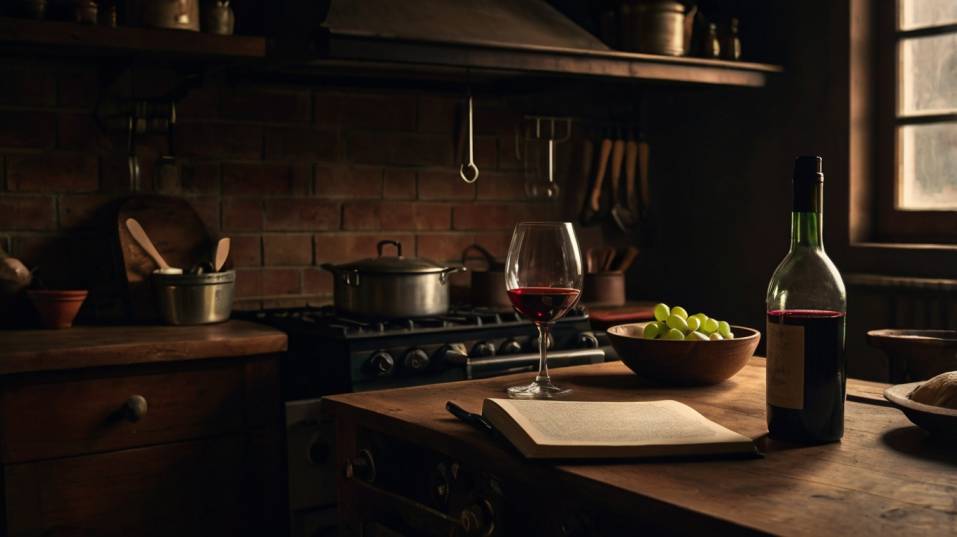
Ever stared at a half-full bottle and wondered, now what? If you’re starting to explore wine beyond red or white, don’t waste that leftover pour.
It’s not just excess—it’s a chance to train your palate, cook smarter, and watch wine evolve in real time. Whether you're sipping, simmering, or just smelling, unfinished wine can teach you more than you think—no sommelier pin required.
Cook Like You Taste
Cooking with wine is often reduced to clichés: throw some red into your sauce, splash white into the pan.
But if you’re learning how to taste wine, you already understand that no two reds—or whites—are alike. Structure matters. So does balance. The same rules apply in the kitchen.
Start by thinking in terms of complementary flavors and contrasting textures. If you’re working with a red wine that’s tannic and dark-fruited—say, a young Bordeaux—it’s going to bring tension and weight.
Use it where that tension can anchor richness: beef stews, mushroom ragùs, lentil braises. But be smart about when you add it. Early in the cooking process, tannins soften and integrate. Add it late, and it can dominate.
White wines offer a different toolkit. A crisp Sauvignon Blanc adds freshness and acid to seafood or greens.
A buttery Chardonnay (even slightly oxidized) can add body to cream sauces or risottos. Use your nose: is the wine citrusy, floral, nutty? Use those cues when building your flavor base.
If you’ve ever tasted a dish that felt “flat,” it may have lacked what wine naturally brings—acidity, aromatics, depth. Cook with wine the way you’d build a wine pairing: matching weight, balancing intensity, and paying attention to the finish.
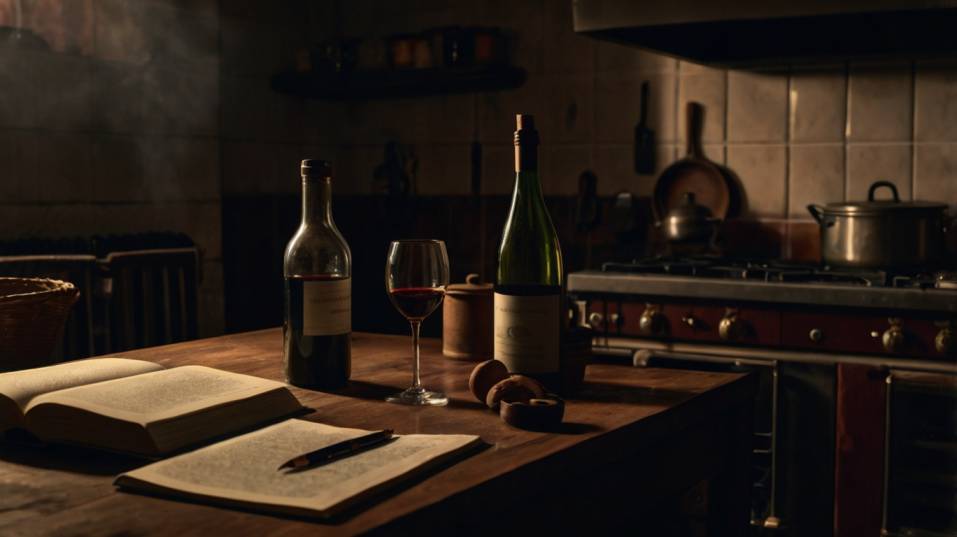
Freeze with Intention
One of the simplest, most effective tricks: freeze leftover wine in small portions. Use ice cube trays or silicone molds, then transfer the frozen wine to a sealed container. But don’t stop there. Label them.
Note the varietal, the flavor profile, even the date. Now you’ve got instant access to measured wine flavor. A cube of bold Zinfandel can add character to a chili.
A cube of Sancerre can brighten a lemony pan sauce. But beyond cooking, frozen wine becomes a tool for training your palate.
Thaw one and just smell it. You’ll begin to notice how certain wines evolve: bright fruit may fade, herbal notes emerge, oxidative tones appear.
This isn’t just wine going bad—it’s wine showing you its layers. Practice smelling older wine alongside fresh wine and track the transformation.
Want to go deeper? Freeze a small amount of a wine you love, then taste the same bottle a few days later.
Compare how oxygen, time, and temperature change the wine’s structure. You’re learning how to spot those changes at a restaurant or tasting room—and training your sensory recall.
Reduce to Learn
Reduction is more than a cooking technique—it’s a crash course in wine chemistry. When you reduce wine over heat, you’re condensing its core components: fruit, acid, tannin, and sugar.
What evaporates is water and alcohol. What remains is flavor, turned up. Here’s where it gets interesting. A reduction of Pinot Noir doesn’t taste like Pinot Noir from the glass.
It might be more savory, with concentrated cherry and earthy tones. A reduction of Riesling might sharpen its citrus, mute its florals, or enhance its petrol-like minerality.
Taste before and after reducing. You’ll see how volatile compounds change. And you’ll begin to predict how a wine might behave—not just when cooked, but when paired with food.
It’s also a great test of flaws: if a wine has excess bitterness or astringency, reduction will amplify it.
Use these reductions as finishing glazes for meat, dressings for roasted vegetables, or even as a base for vinaigrettes. You’re not just adding flavor—you’re building a relationship between wine and food, rooted in real technique.
Blend for Balance
Blending leftover wines might feel like breaking the rules, but winemakers do it constantly—and for good reason. It’s how they balance acid, tame oak, or soften astringency. You can do the same.
Let’s say you’ve got a sharp, lean red—perhaps too light or acidic to enjoy on its own. Blend a splash of a fuller-bodied wine into it. What changes?
Does the texture shift? Does the fruit brighten or dull? These experiments help you understand how components interact, which directly sharpens your ability to assess balance in a finished wine.
You can also use blending to train your palate to spot key characteristics. Mix a wine with high acid into a neutral base and taste the difference.
Add a small amount of heavily oaked wine to a lighter one to identify how oak expresses on the nose and palate.
The goal here isn’t to invent a better wine—it’s to develop fluency. You’re learning to identify structure by manipulating it. And that skill translates into better buying decisions, more confident tasting notes, and stronger food pairings.
Bonus: Use It for Tasting Practice
One of the best-kept secrets in wine education? Tired wine is often more revealing than fresh wine.
Leftover wine—especially after 24 to 48 hours—exposes elements you might miss in a fresh pour. Aromas evolve. Acidity flattens. Tannins soften.
This makes it easier to pinpoint specific components like pyrazines (green, vegetal notes), brettanomyces (funk, barnyard), or oxidation (sherry-like tones).
Keep a small wine journal. Write what you smell and taste on Day 1, then again on Day 3. You’ll start to recognize patterns. And when you taste a freshly opened bottle, you’ll do so with more clarity and confidence.
Even a faulty wine teaches you something. Corked? Smell it, so you’ll know. Volatile acidity? Taste that balsamic sharpness once, and you’ll never miss it again. Leftover wine is your low-risk tasting lab.
Final Thoughts
Leftover wine is more than extra. It’s educational. When you treat it as an extension of the tasting process, you start learning between bottles, not just during them.
You refine your palate, expand your technique, and bring more intention to every glass you pour.
So don’t dump it. Freeze it, reduce it, blend it, cook with it—or simply smell it as it evolves. Each leftover splash is a step forward in your wine journey.
Start tonight. Save that pour. Revisit it tomorrow. Taste it differently, use it intentionally, and build wine into your daily rhythm—one thoughtful, flavorful moment at a time.
